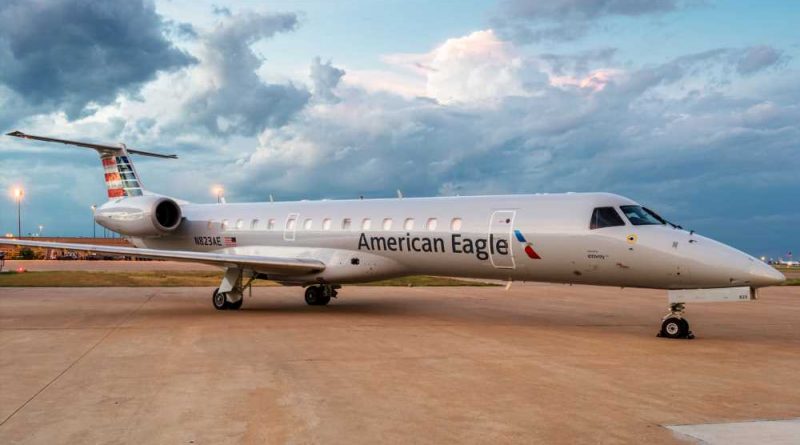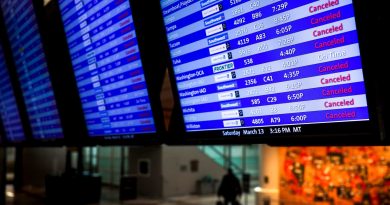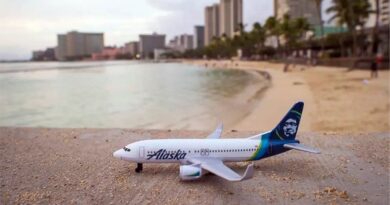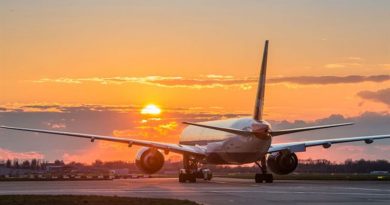Air Wisconsin switching from United Express to American Eagle: Travel Weekly
Regional carrier Air Wisconsin will begin flying its 50-seat aircraft for American Eagle next March and will end its partnership with United Express.
Air Wisconsin’s American Airlines flying will be focused on routes to and from Chicago O’Hare, though expansion to additional American hubs is possible, American said.
Related:
American Airlines-owned regional airlines bump pilot pay
American sets record for quarterly revenue as it returns to profitability
United Airlines is cutting more regional routes
“Building and delivering the very best global network relies on a healthy, thriving regional operation,” American CFO Derek Kerr said in a letter to the airline’s staff. “American is proud to offer customers 30% more origin and destination pairs than our closest competitor, and that’s only because of the strength of our regional network.”
Up to 40 Bombardier CRJ-200 aircraft will initially be included in the contract, with those planes gradually becoming available to American between March and October of next year.
An additional 20 Air Wisconsin planes could eventually fly with the American Eagle livery, as well.
United downplays the loss of Air Wisconsin
The agreement will reduce United’s long-term ability to serve small markets that can’t support aircraft larger than 50 seats, with the primary impact being from O’Hare.
In a statement, United downplayed the loss, referencing the United Next growth plan it laid out in the summer of 2021, which included a long-term reduction of 50-seat flying.
“This decision is consistent with our previously announced United Next growth strategy, where we plan to fly more larger narrowbody aircraft within our domestic network,” the airline said.
Pilot shortage hits small markets
The U.S. pilot shortage, which is most acutely impacting small-market flying, has already led United to reduce regional service at a faster rate than it had planned. The carrier had 150 regional aircraft grounded during the first quarter and has eliminated or reduced flying in dozens of regional markets.
As of July, American also had approximately 100 regional aircraft parked due to the pilot shortage. CEO Robert Isom has said that he hopes to have the carrier’s fleet fully utilized by the end of next year, though hiring enough pilots to fully engage those regional planes could take two to three years.
American executives have stressed the importance that regional flying has on the airline’s bottom line, saying that by offering more regional connectivity than Delta and United, American is also able to generate revenue premiums out of small markets.
Source: Read Full Article



